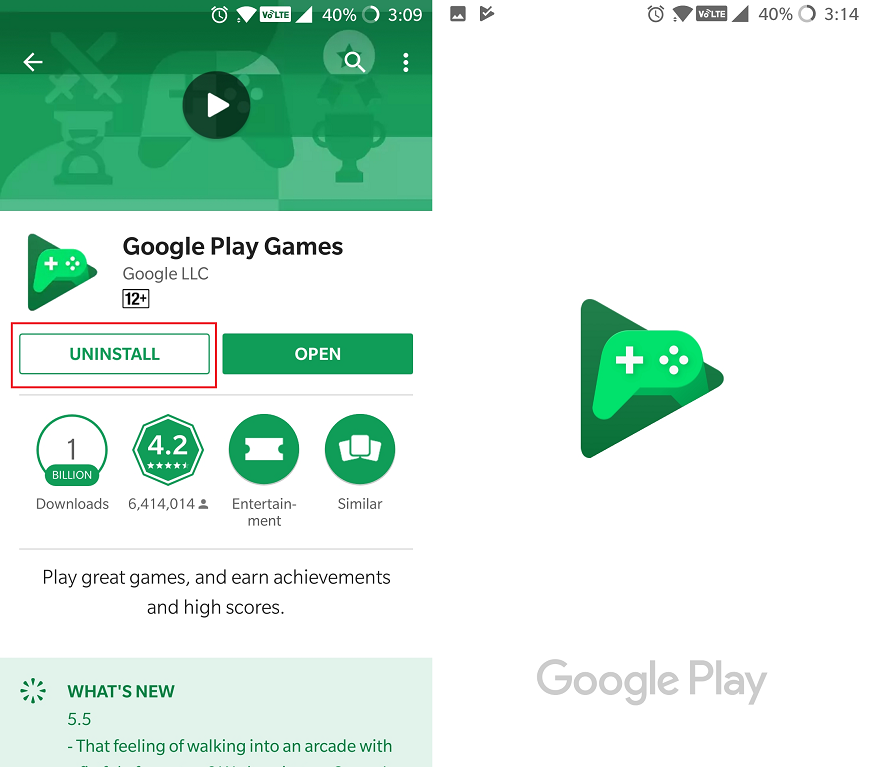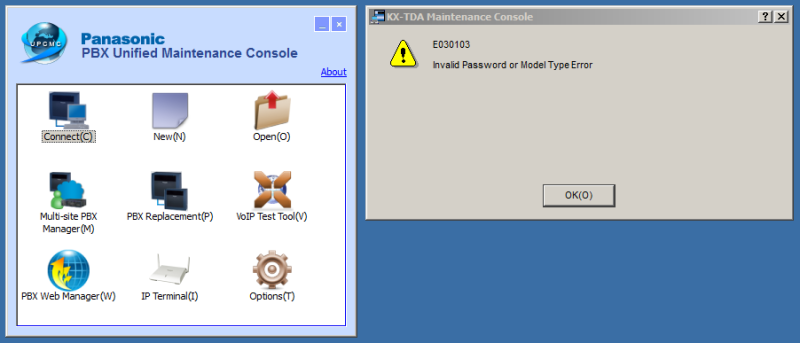

You can find participating grocery stores by clicking here. This card can be used in most grocery stores and some participating farmers market. But these three items are must-haves in your bag, and will go a long way in keeping you strong and fast on the court.NJ SNAP benefits are issued on a Families First Electronic Benefits Transfer (EBT) card that works like a debit card. Breakfast gives you energy for your tennis game, and these foods won’t weigh you down.Īll tennis players differ in what foods and which nutrition strategies will help them best. You’ll want to eat low-sugar items like cereals, toast, a glass of juice, pancakes (without a lot of syrup), fruit and skim milk.

Examples include plain bagels, ready-to-eat cereals, crackers, pretzels, honey, certain candies and some sport drinks (those with carbohydrate primarily from glucose, sucrose or a glucose polymer). Foods with a high glycemic index – to quickly raise your blood sugar level – are good choices, too. During periods of intense training or competition, aim for three to five grams of carbohydrate per pound of body weight (465-775 grams per day for a 155-pound player).īreads, cereals, rice, pasta, fruits, and vegetables are all good primary sources of carbohydrates that should be regularly included in a tennis player’s diet. Generally, you should consume about 30-60 grams of carbohydrate per hour during play and practice. This hurts your ability to maintain blood glucose and meet your muscles’ demand for energy, which could rapidly lead to fatigue. Even if you eat a good meal before a match, after 60 to 90 minutes of intense singles play, your carbohydrate stores will likely be significantly decreased. Soup, cheese, tomato sauce, pizza, and many processed foodsĬarbohydrates are crucial to optimal performance in tennis.Salt: ¼ teaspoon (or 1.5 grams) has 590 mg of sodium.Good sodium and chloride sources include: When you play in a hot environment, or any time you’ll be sweating, add salt to your diet (or eat high-salt foods) to help to prevent a sodium deficit and maintain or restore hydration. This is important, because drinking water when you have a sodium deficit can lead to hyponatremia (which means you have a very low sodium level, which can result in headaches, nausea and fatigue). To completely rehydrate, a player must replace the sodium and chloride electrolytes that were lost through sweating.

Heat-related tennis muscle cramps often occur during or following prolonged playing due to significant loss in sodium and chloride (salt). The most common heat injury on the tennis court is cramping. ADVERTISEMENT Try to drink before you get thirsty! And make sure you rehydrate adequately after a match, too.Įlectrolytes: Avoid cramps during a tennis match Drink regularly during a match, too, but stick to water and sports drinks because fruit juice has a lot of sugar. Plus, a progressive water deficit (from sweating and inadequate fluid intake) can cause cardiovascular strain and decrease your strength, endurance and mental capacity.ĭrink plenty of fluids (e.g., water, juice, milk, sport drinks, and other decaffeinated beverages) throughout the day – at least 80 ounces a day. Any water deficit can have a negative effect on your tennis performance and well-being. Many players begin matches or practice dehydrated to some degree. Pack them the night before so you don’t forget. Here are three critical items you’ll always want to have in your bag on the day of your match to improve your tennis performance.

Every tennis player needs both hydrating and nutritional elements to keep their energy levels high and fatigue at bay. A bottle of spring water just won’t cut it during an intensive match.


 0 kommentar(er)
0 kommentar(er)
